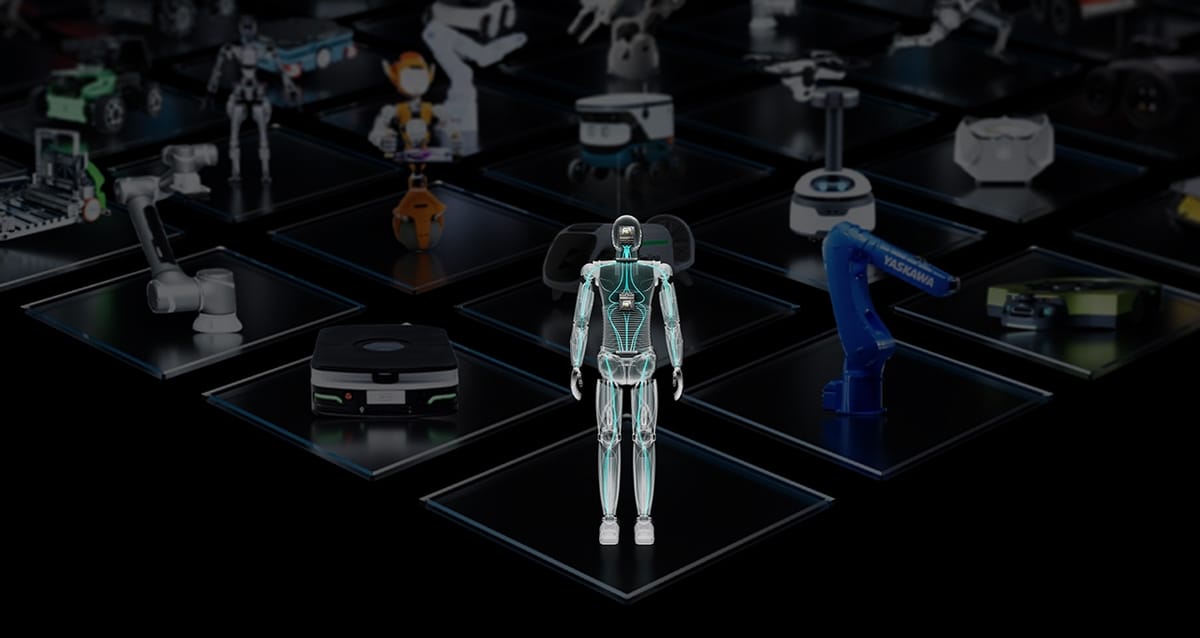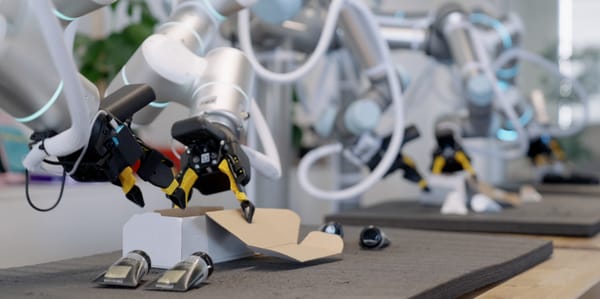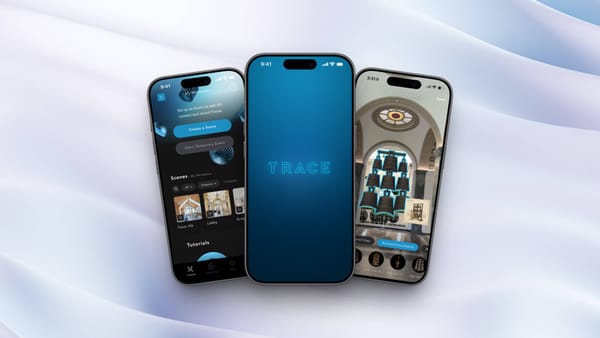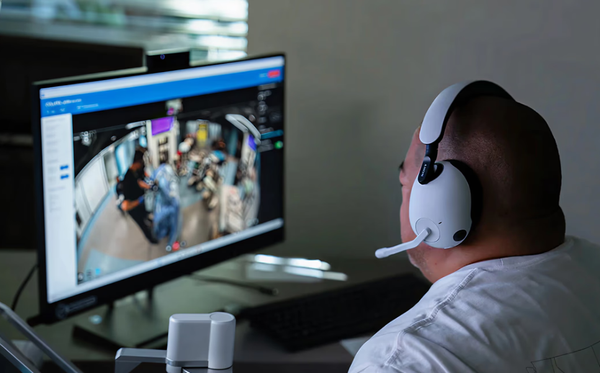NVIDIA Releases Massive Dataset and Open Models for Robotics and Autonomous Vehicles

- NVIDIA’s open data release includes multiple multimodal datasets, including 1,700+ hours of AV driving data captured across 25 countries.
- Cosmos and GR00T models provide tools for simulation, domain transfer, and full-body robotic control.
NVIDIA has launched what it describes as the world’s largest open-source dataset for physical AI, part of a broader release of multimodal data across robotics, language, and autonomous systems. These datasets are meant to help developers build models that can better understand and respond to complex, real-world environments. As part of the same initiative, NVIDIA also introduced new open models in its Cosmos and Isaac GR00T platforms to support simulation, reasoning, and robotic control.
The PhysicalAI-Autonomous-Vehicles includes 1,727 hours of recorded driving across more than 310,000 clips with synchronized multi-camera and LiDAR coverage throughout. Captured in 25 countries and more than 2,500 cities, split evenly between the U.S. and EU, the dataset is designed to support the training and evaluation of end-to-end autonomous vehicle systems in varied, real-world conditions. It is one of several open-source datasets NVIDIA has contributed as part of its broader push to expand access to AI development tools. Available via Hugging Face, it gives developers a scalable foundation for building, testing, and refining physical AI models at a global scale.

NVIDIA also introduced new open models in its Cosmos and Isaac GR00T platforms to support simulation, reasoning, and robotic development. The models include tools for simulating environments, translating scenes between domains, and understanding visual and language inputs. Examples include Cosmos Predict 2.5, which creates 30-second video simulations from a single image, and Isaac GR00T N1.6, which enables full-body control in humanoid robots. All of these models are part of NVIDIA’s broader open-source effort under the Nemotron family.
NVIDIA is making the models available on Hugging Face to help developers build smarter, more responsive, and realistic AI systems. Leading companies, including Agility Robotics, Amazon Robotics, Figure AI, Skild AI, Milestone Systems, and Uber, are adopting Cosmos or Isaac GR00T N models to generate synthetic data, train robots to learn new behaviors, and deploy physical AI agents at scale.
🌀 Tom’s Take:
Making high-quality models and datasets openly available is a force multiplier for the entire developer community. These shared resources can accelerate progress across robotics, autonomy, and real-world intelligence.
Source: NVIDIA Newsroom / NVIDIA Blog






